
Seismic data show what’s driving an Ethiopian geothermal field
The Aluto volcanic complex is Ethiopia’s only geothermal site. Microseismicity reveals volcanic structure and seasonality of earthquakes.
Here in the News & Features section, you can find important announcements or learn more about our work and the science we support.
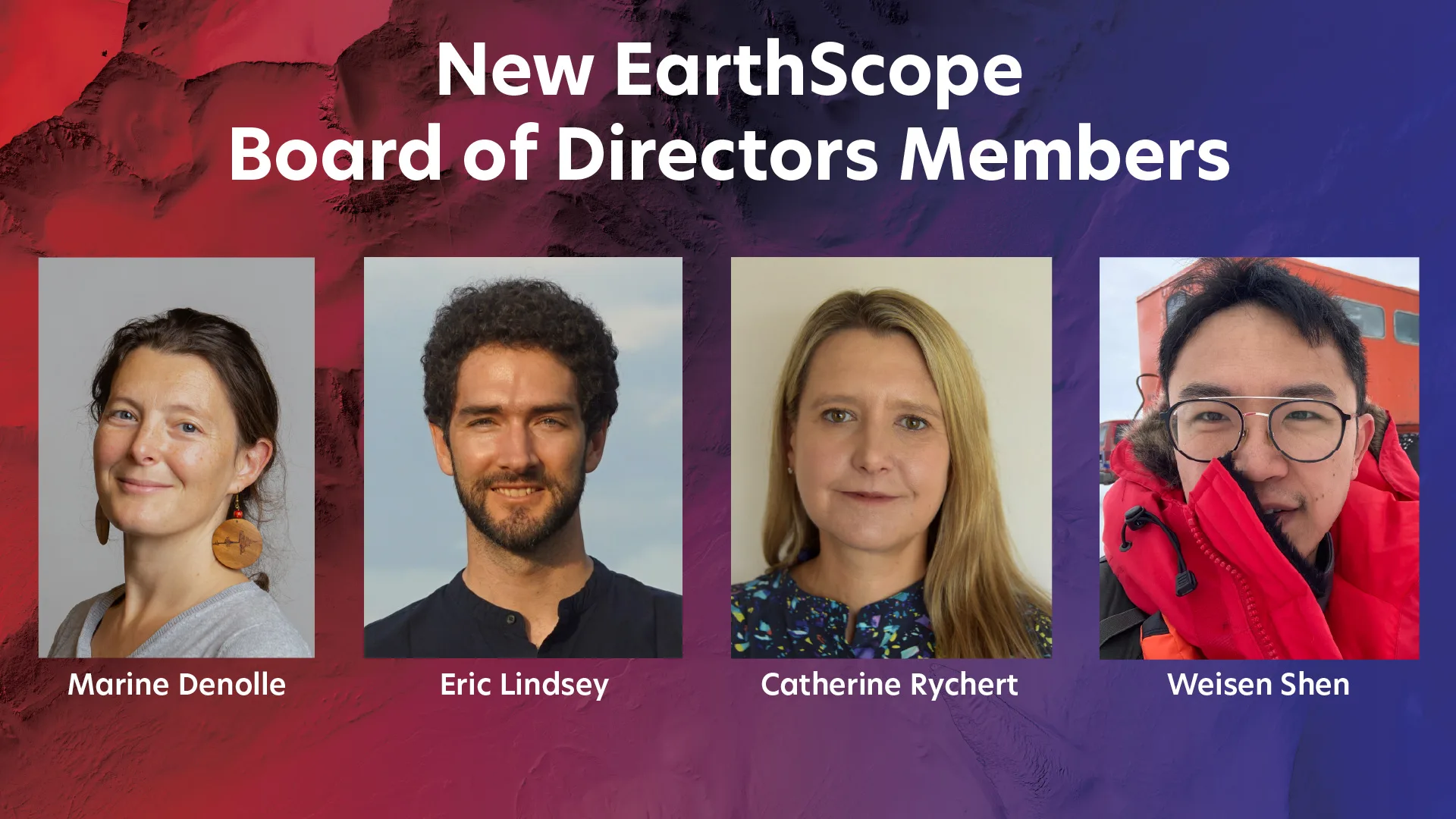

The Aluto volcanic complex is Ethiopia’s only geothermal site. Microseismicity reveals volcanic structure and seasonality of earthquakes.
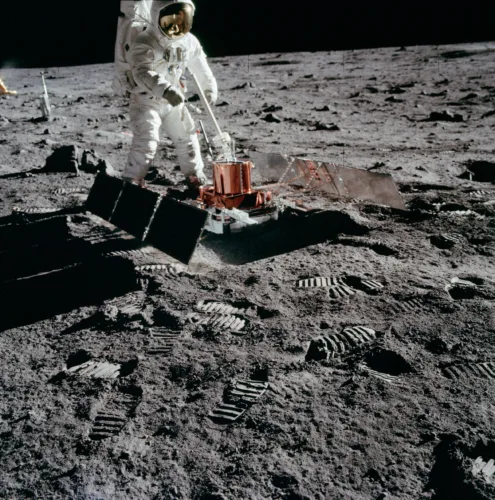
A series of Apollo missions put seismometers on the Moon, allowing us to learn a lot about our neighbor’s interior.
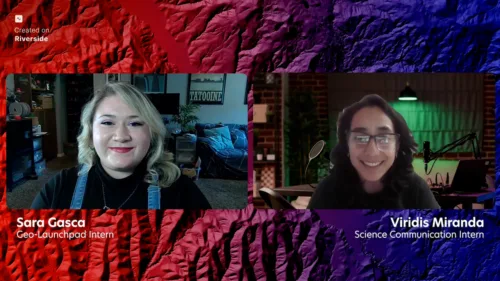
Sara Gasca is a first-generation undergraduate student at Santiago Canyon College.
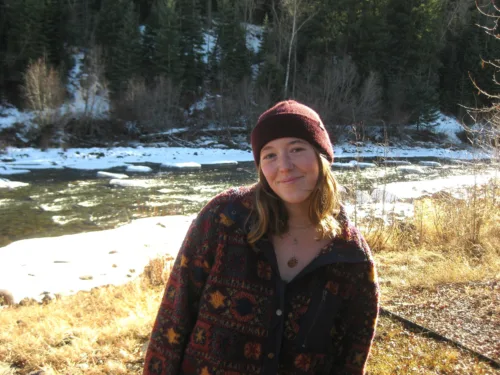
Conner Knorr is EarthScope’s Summer 2025 Project Management Office (PMO) intern working with Sarah Deutsch. Conner is currently an undergraduate student at the University of Houston studying geology and environmental science. In her internship, Conner is gaining experience in the organizational side of science working with the PMO team on resource allocation, dashboards, and more.
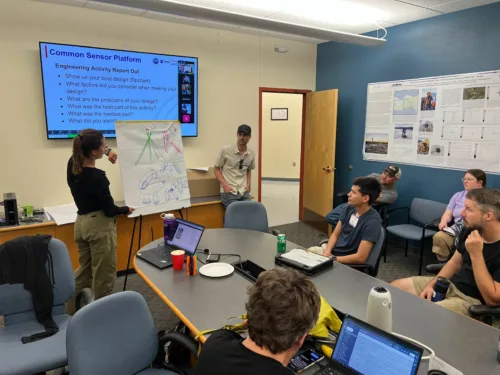
A new publication on the Common Sensor Platform project introduces the flexible, modular, and scalable station design that will streamline deployments and support diverse geophysical research needs.
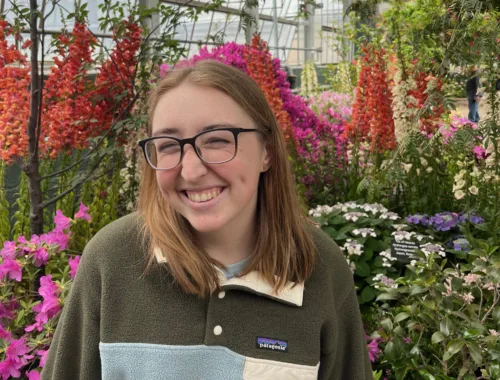
Emerson Brown, one of the RESESS interns, is a rising senior at Northwestern University working with a mentor at Sandia National Lab this summer.
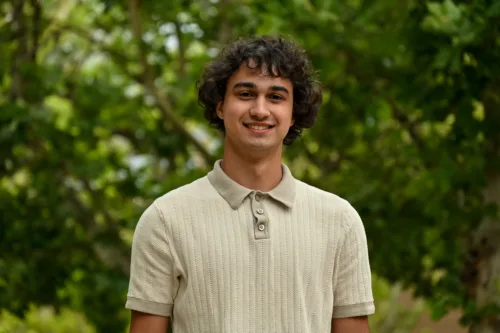
Dylan Bond is one of EarthScope’s Summer 2025 Geo-Launchpad interns. Working at the New Mexico Bureau of Geology, his project focuses on researching seismic background noise in southeastern New Mexico.

Nini Markhvashvili is one of EarthScope’s Summer 2025 RESESS interns. She is a recent graduate of Binghamton University, graduating with a degree in Environmental Geology. She is currently studying station data to observe crustal structures in the Alaska region.

Danielle Kinkel is EarthScope’s Summer 2025 Education and Data Resources Intern, and is currently a PhD candidate in geophysics at the Nevada Seismological Laboratory at the University of Nevada-Reno. Her work focuses on exploring existing educational materials and enhancing it for educators.